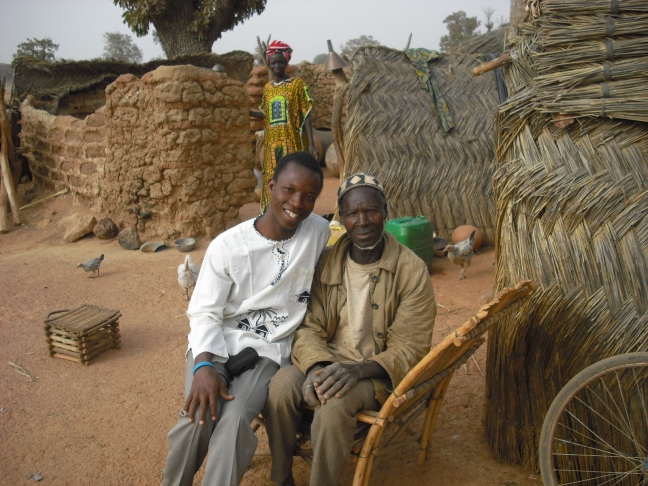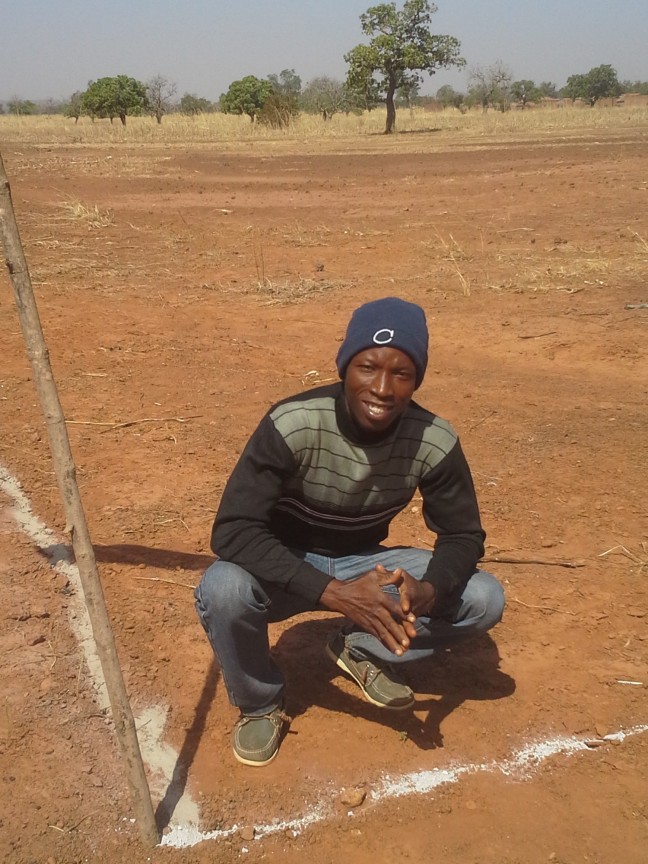It’s been a while since I updated the blog. However, a few weeks ago I flew to Burkina Faso to visit Issaka and see how everything is going with his chickens and his business. Getting there, the warm and familiar smell of Ouagadougou awaited me when I exited the airplane.

We spent a few days in the capital, Ouagadougou, because we were waiting for Hassan, a friend of mine, who came up north from Tamale, Ghana, to spend time with us in Burkina.
This was our first evening together.
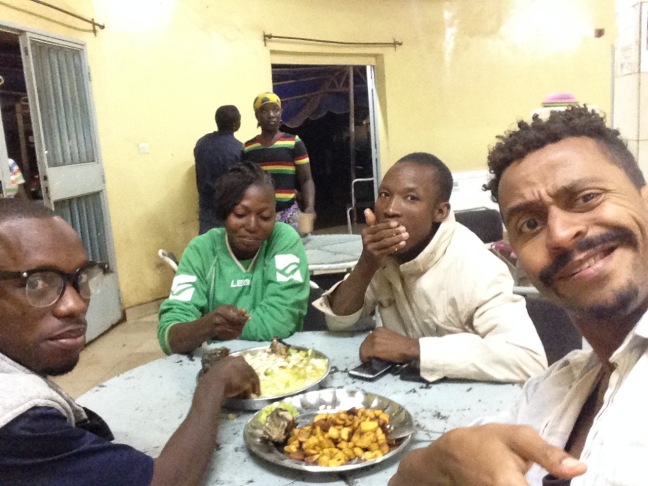
Here are the four of us (left to right: Hassan, Noeli {Issaka’s girl friend}, Issaka and me) eating dinner, before going to the cinema to watch a movie on the first day that we all got to Ouagadougou.
(Of course, the European is the only one with a spoon. I’ll never learn the hands on thing. I drop my food like a baby if I try…)
So after a few days of me adjusting to the climate, we decided to go to Issaka’s village, Sirgui, so I could see the chicken farm and how everything is going.
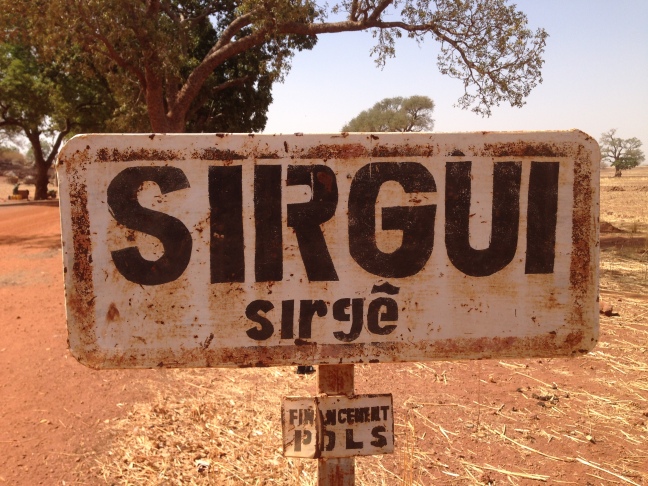
When we approached the compound of Issaka’s family, I already recognized that a lot had changed since my last visit, almost ten years ago.

After very heavy rainfalls in August 2016, many people had to rebuild their houses. So not only had the farm been constructed, but the family also rebuilt some stronger houses that offer more comfort and don’t fall on their heads when the heavy rain comes down during the rainy season.
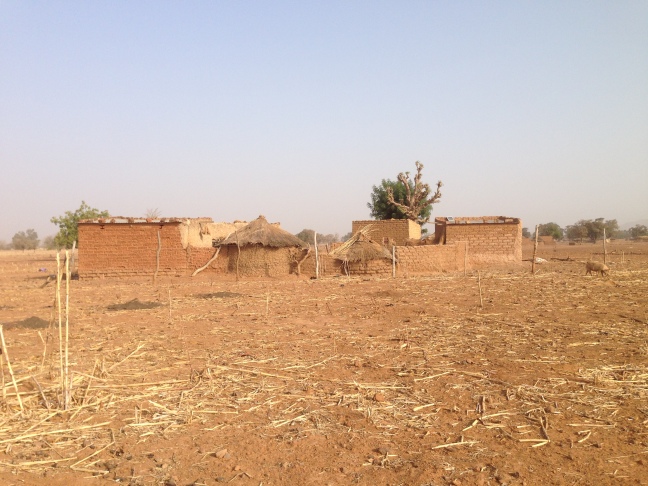
Things have truly changed for the family in the last ten years. As you can see, on the roof of the right house, there is a little solar panel for electricity. They have three of those. One solar panel can power a light in the evening and recharge a few cell phones. It’s usually attached to a medium sized battery to store the energy for the night.
Upon arrival, Issaka introduced me to old and new members of the family. Here are (left to right) Salam and his gold-mining-friend Bukare, Hassan, Karim and his pregnant wife Sofi, Issaka’s Mom, Zanata and me, and Issaka’s Dad:

By the way, that picture is reconstructed from a pic with Issaka’s Family that we took ten years ago:
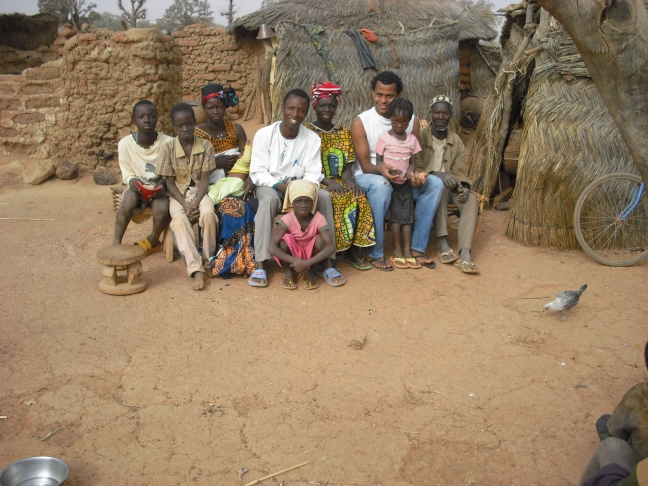
Here we had some of Issaka’s siblings (left to right): Harouna, Salam, Fatimata, Issaka and Zonabo, Issaka’s Mom, Zanata and me, and Issaka’s Dad.
Then Issaka showed me the farm.
The farm has three houses: Two houses for the chicken and one storage facility.
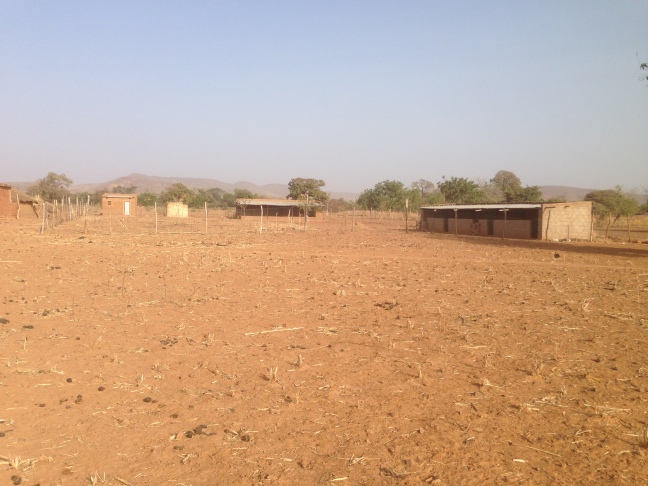
First, we got comfortable in the place where Hassan and I would sleep: The storage house.
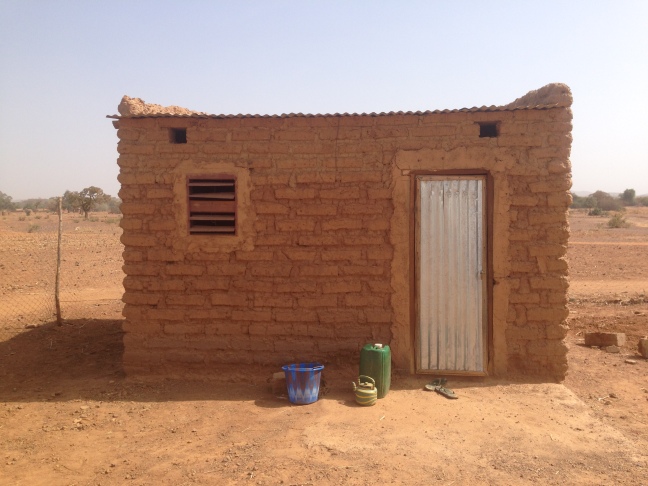
This is Hassan reading a book on our ‘bed’. (… After 4 days, I had to buy a little mattress, because there were points at my hip and my shoulders that just couldn’t take the hard floor anymore.)
Then we carried on, together with Issaka’s brother Karim, to inspect the farm.
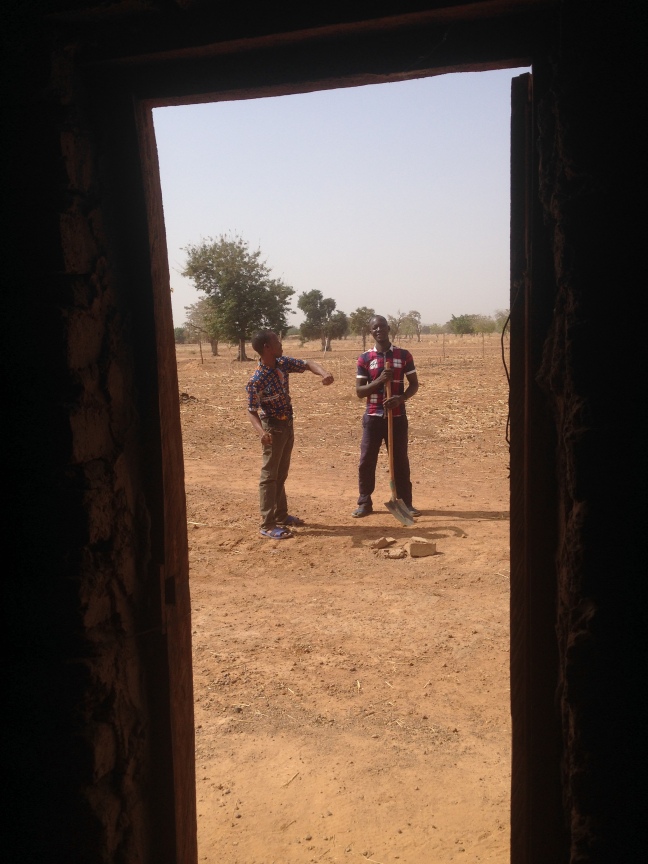
Next to my “storage-hotel” was the toilet. (The little straw thing in the middle of the pic.)
The house on the left is the first chicken compound. That was the first building that Issaka built to accommodate the chickens.
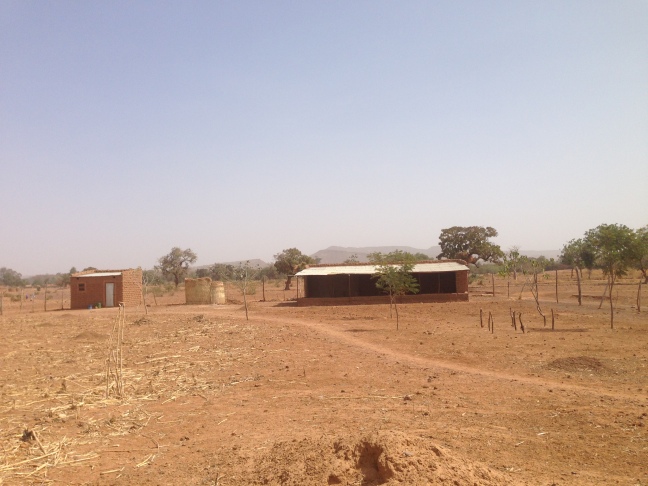
Take a closer look.
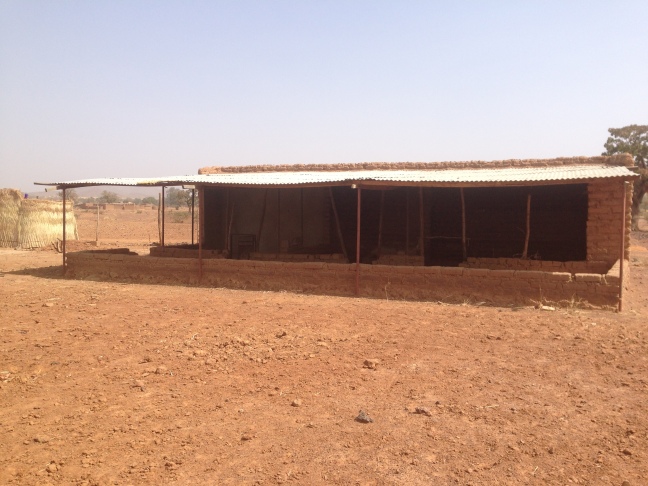
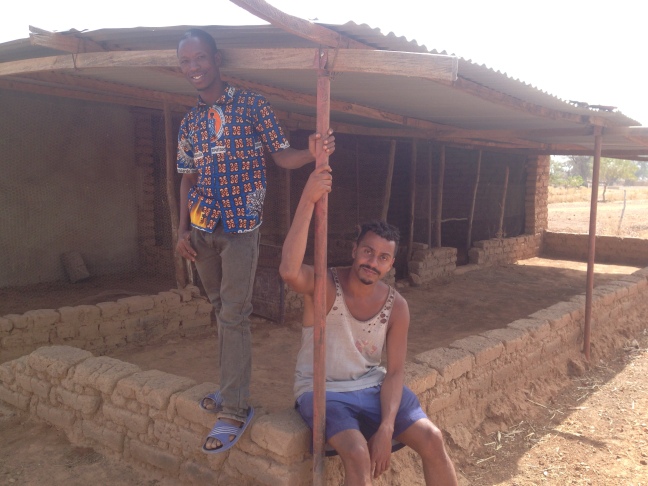
This article is titled ‘Set backs’ because Issaka had some of those during the last few months. Turns out, building a lucrative business takes humongous dedication and some personal sacrifice to really make it work. Issaka was theoretically well prepared for that, but it’s always a little different in reality… I’ll get into more detail within the following posts though. However, that’s the reason why at this moment, there were no chickens on the farm.
Carry on… The house is split into three compartments, as you can see here.
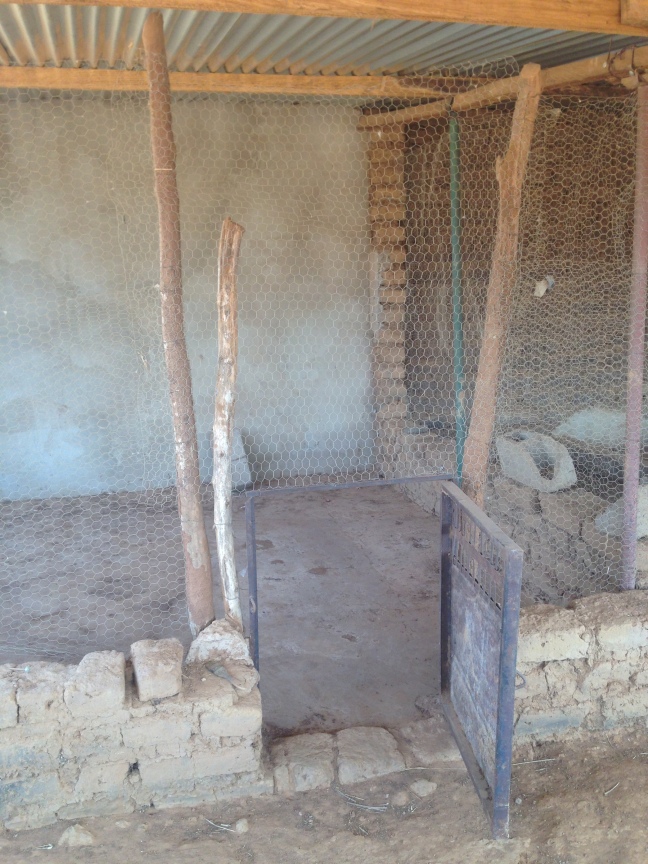
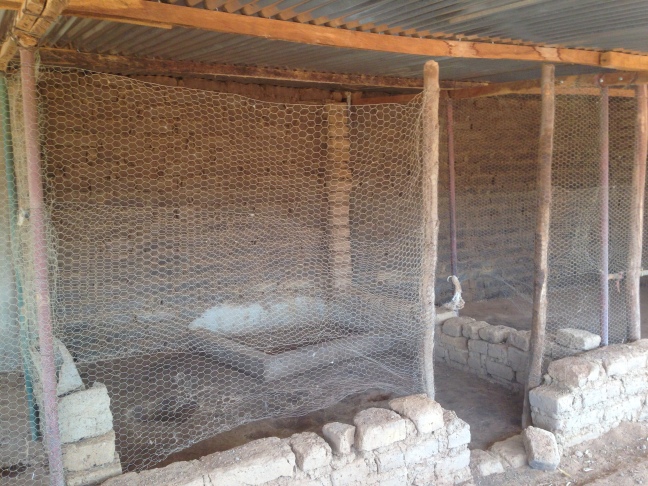
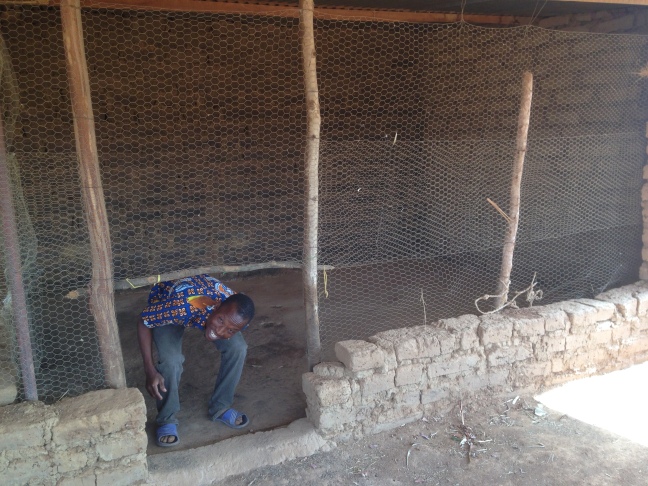
Each compartment is supposed to house one generation of chickens. Due to the heavy rainfall a few years ago, a lot of water entered the construction and turned the bricks dark.
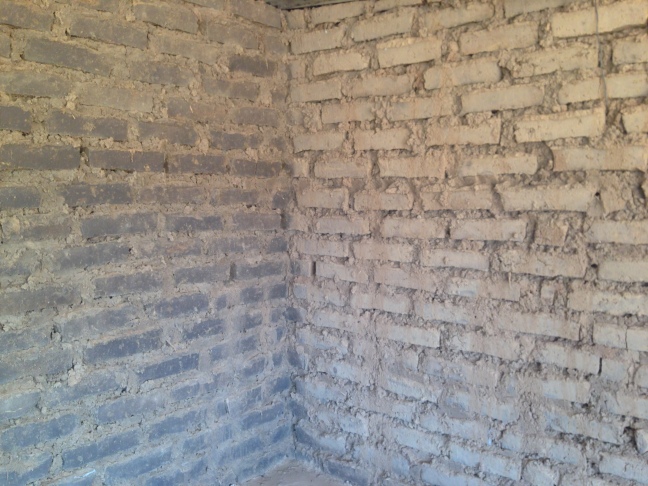
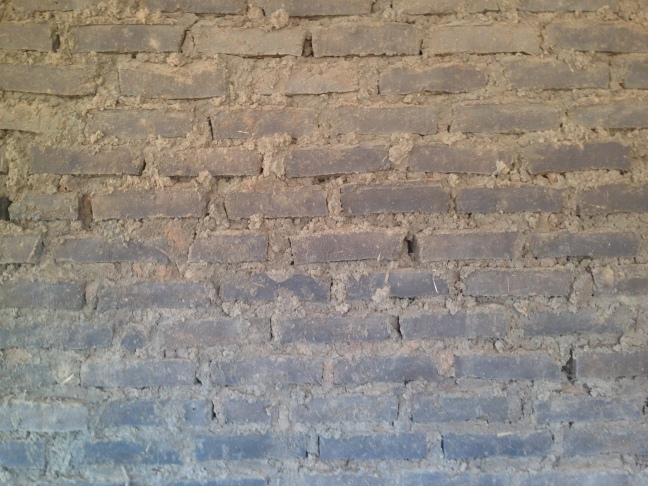
Since then Issaka took precautions in order to reinforce the structure of the building.

He asked Raoul (a friend of his who I met in Ouagadougou) to protect the walls from the heavy rain and the floods that they sometimes have in June, when the rain falls heavily. Here you can see Issaka explaining to me the difference between the upper part (that does not need protection on the south side) and the lower part that is protected.

Raoul applied the same method of heavy rain protection to the entire back side of the building, because East is where the wind usually smashes the rain against the buildings.

Then we carried on to see the second compound. Issaka built that one after the heavy rainfall. It’s made from cement and therefore more water resistant, but also more expensive than the other building.
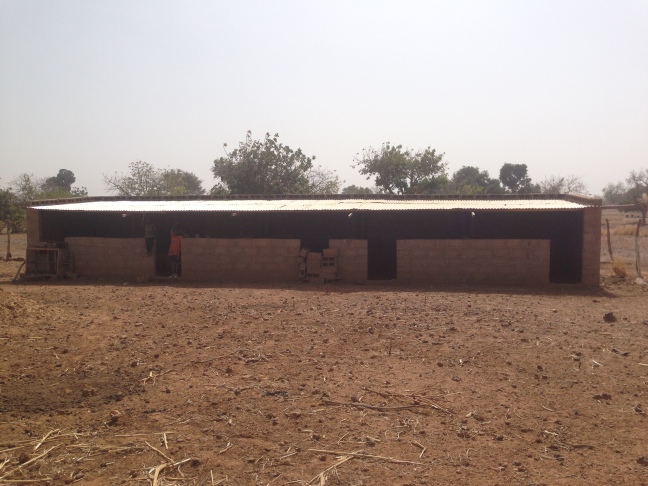
Issaka was very proud of this building.
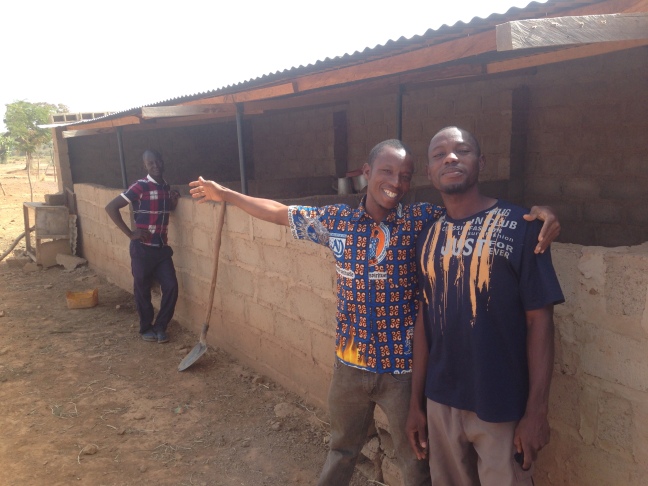
Since Issaka is taking a chicken grooming break, he wanted to put his money somewhere, where it would allow him to reinvest in chicken in a few months time. So he got a pig that was pregnant. That pig had 4 children, who have now grown up…
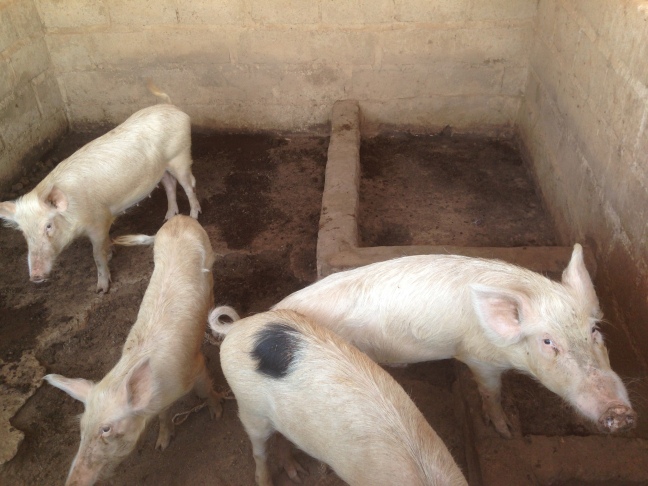
… and had themselves children a while ago.
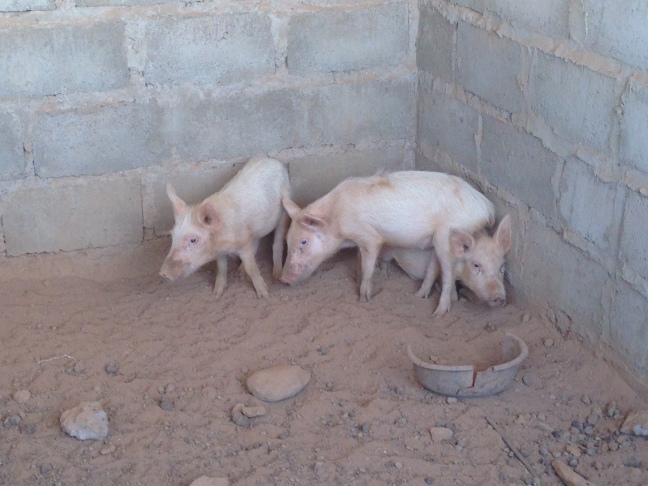
Pigs are easier to groom than chickens (as I understand it) but also not as popular, because many inhabitants of Burkina are Muslim and therefore, do not eat pork. Issaka is planning on selling the pigs in order to earn money to start over with his chicken business.
We will see what comes of it during the next few months.




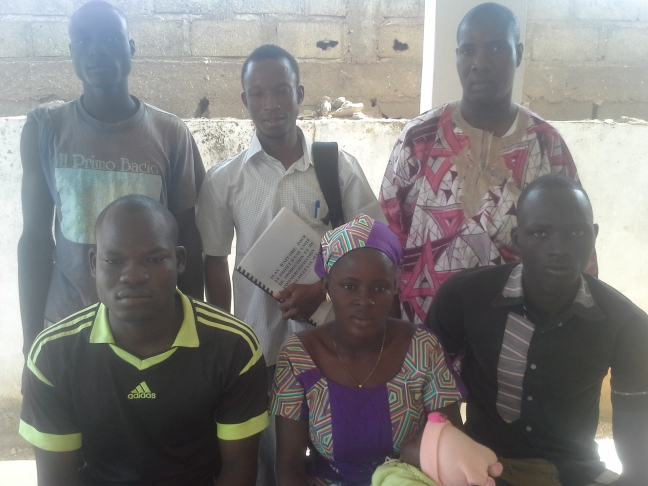 From left to right are Siméon, Issaka and Nomenyo Atsu above, and Anaba, Samiratou Ouedraogo and Amed
From left to right are Siméon, Issaka and Nomenyo Atsu above, and Anaba, Samiratou Ouedraogo and Amed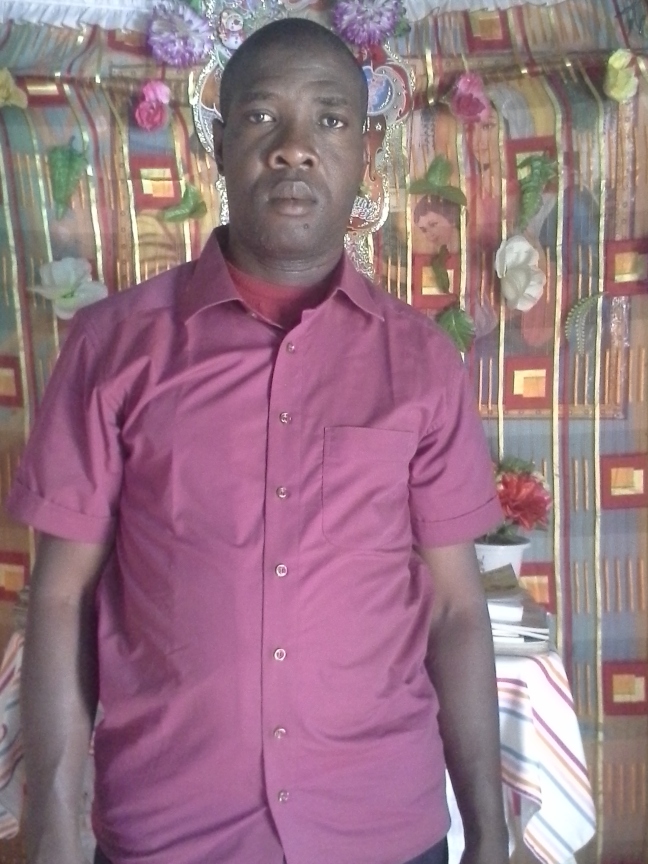 Messieur Astu is a former teacher of Issaka. He will be counseling Issaka concerning business affairs of his chicken farm.
Messieur Astu is a former teacher of Issaka. He will be counseling Issaka concerning business affairs of his chicken farm. You all know Issaka and Siméon already. Amed is a friend of Issaka. He was actually our neighbour when I was there in Ouagadougou in 2009. He is a very calm and funny guy. Amed will be the security guard of the farm. In Burkina it is common to have a night guard that protects the property and the animals during the night. Amed will work in Kaya during the day and then head to Sirgui in the evenings in order to stay at the farm. Amed’s and Siméon’s Vita are part of Issaka’s business plan.
You all know Issaka and Siméon already. Amed is a friend of Issaka. He was actually our neighbour when I was there in Ouagadougou in 2009. He is a very calm and funny guy. Amed will be the security guard of the farm. In Burkina it is common to have a night guard that protects the property and the animals during the night. Amed will work in Kaya during the day and then head to Sirgui in the evenings in order to stay at the farm. Amed’s and Siméon’s Vita are part of Issaka’s business plan.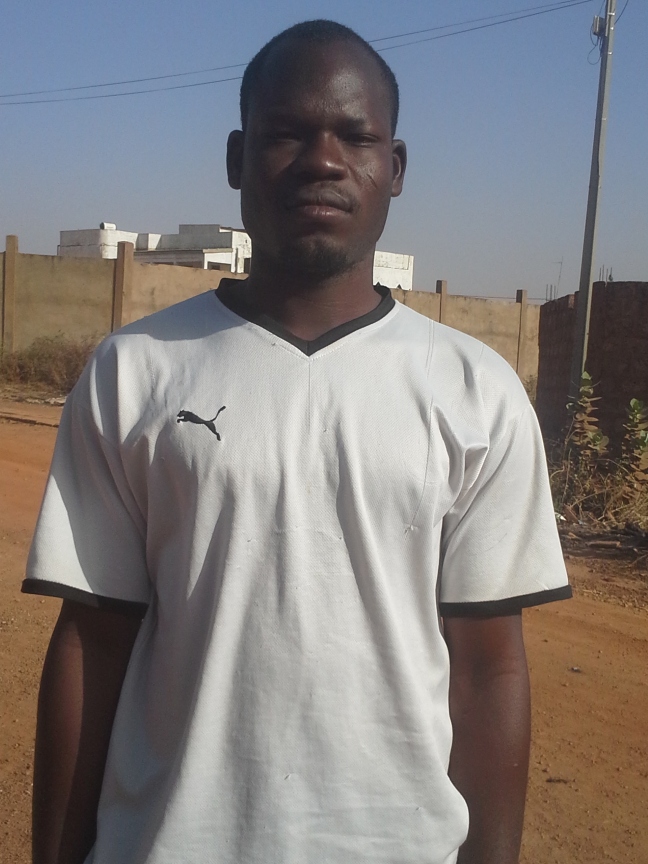 Issaka met Anaba in school in 2011. They were class mates. Issaka took courses in electro mechanics and Anaba took construction design as a major. After finishing the school year, Anaba and Issaka met frequently on construction sites where both would work together. In that way Issaka got to know and appreciate Anaba’s craftsmanship. Anaba builds the brick constructions and the fence for the farm.
Issaka met Anaba in school in 2011. They were class mates. Issaka took courses in electro mechanics and Anaba took construction design as a major. After finishing the school year, Anaba and Issaka met frequently on construction sites where both would work together. In that way Issaka got to know and appreciate Anaba’s craftsmanship. Anaba builds the brick constructions and the fence for the farm.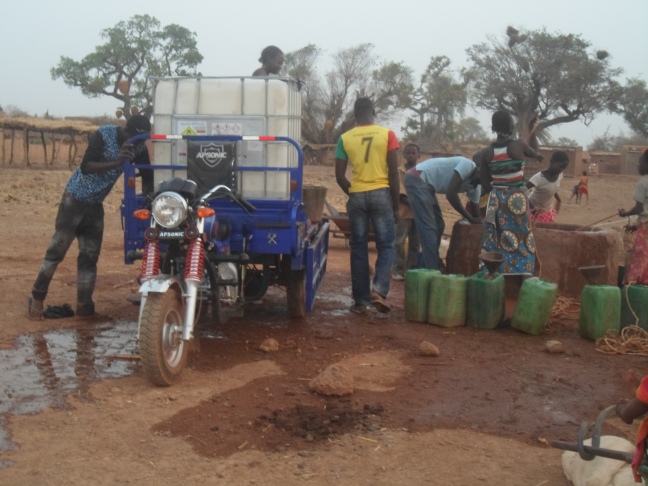
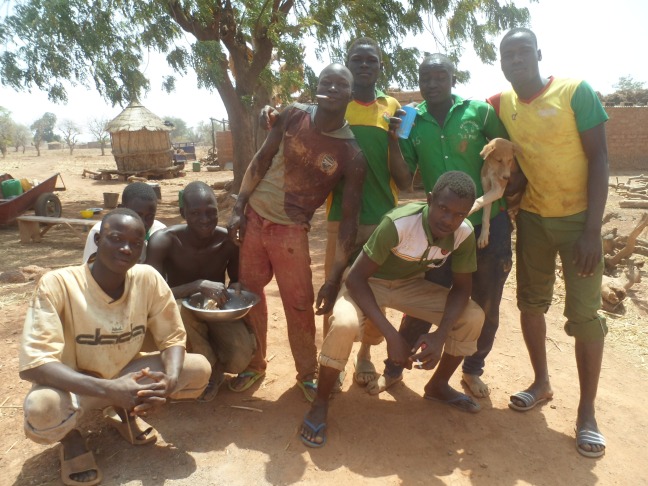
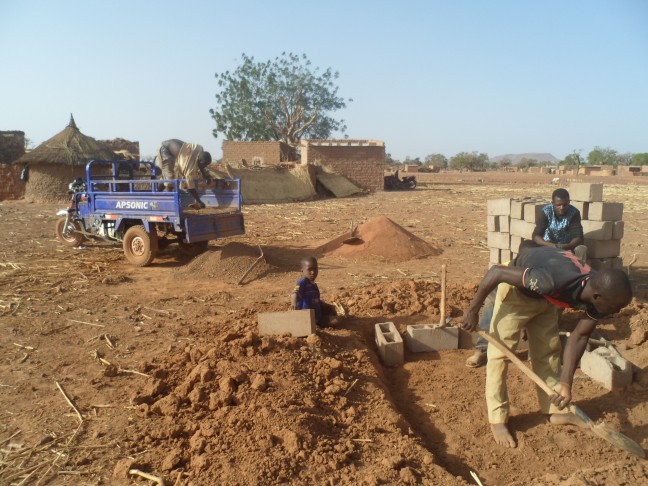
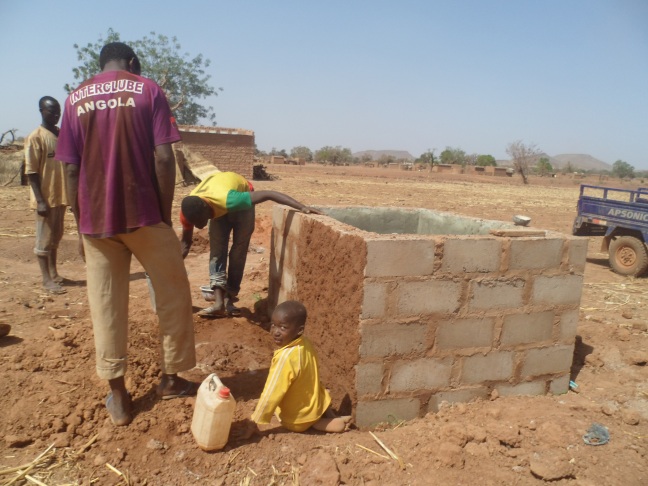
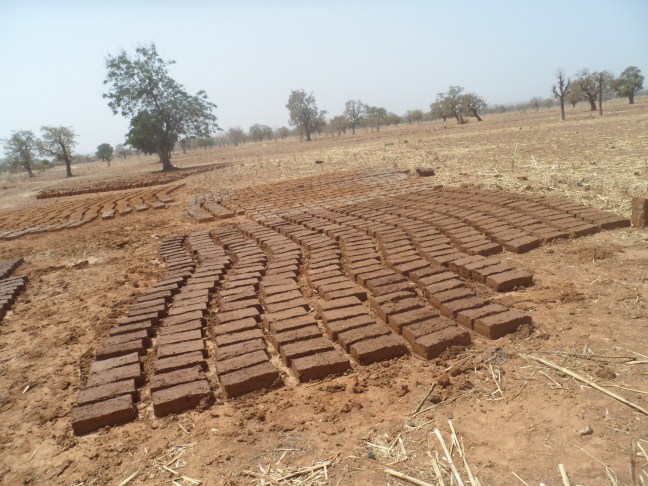
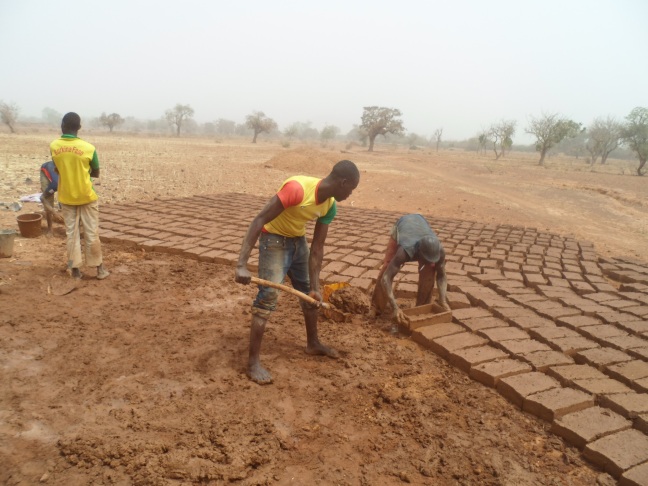
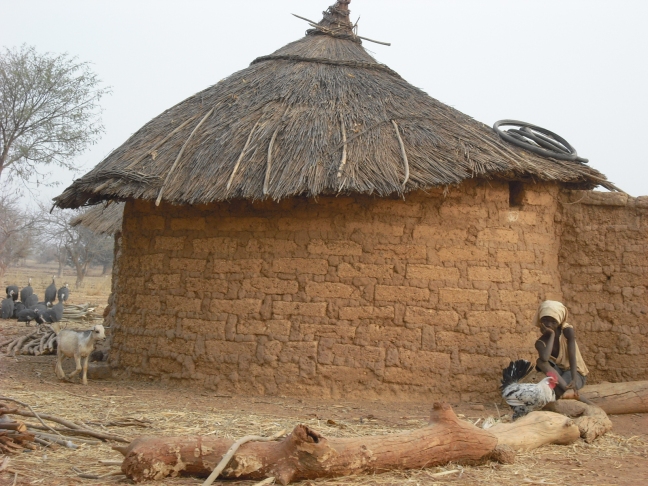
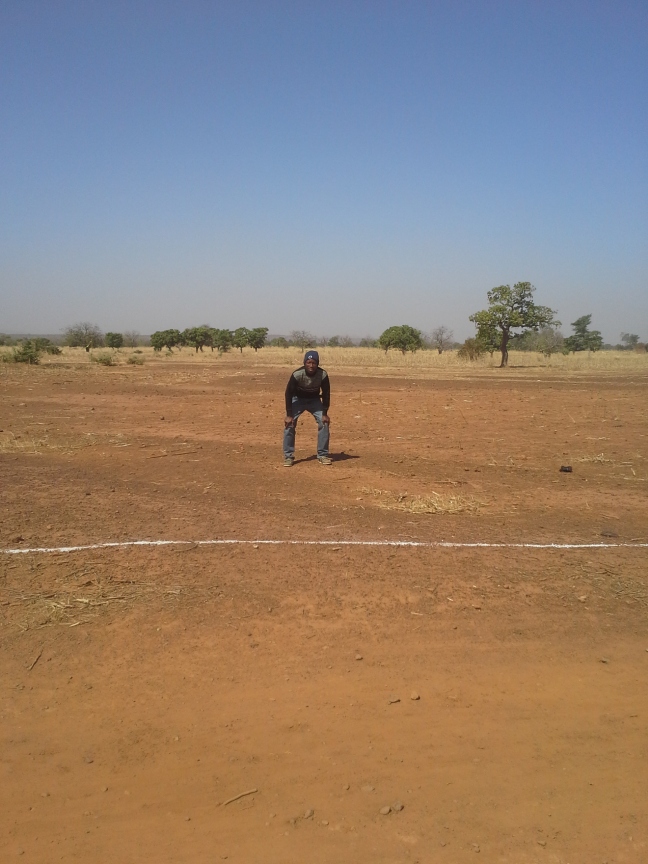
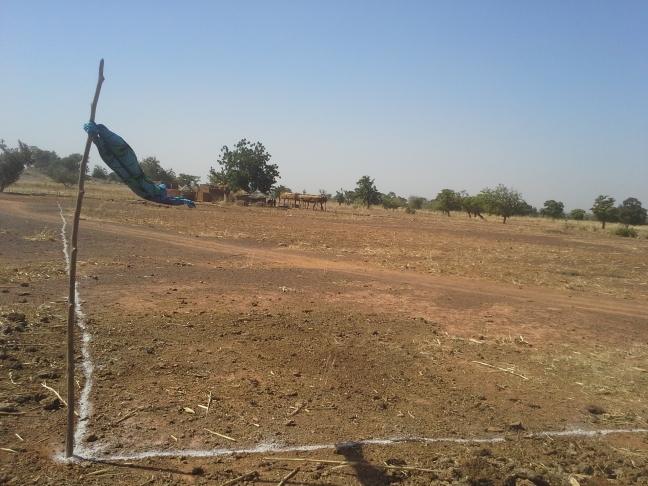
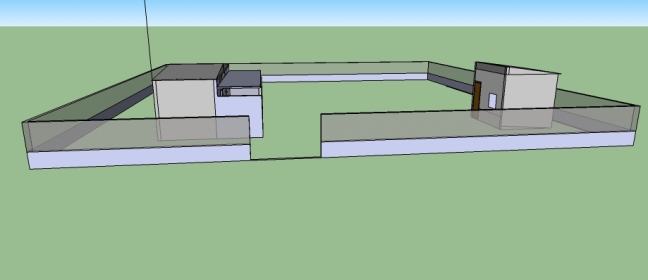
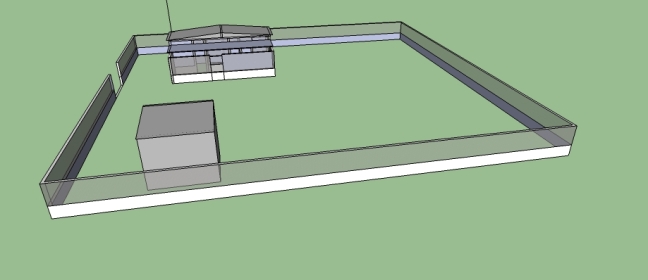
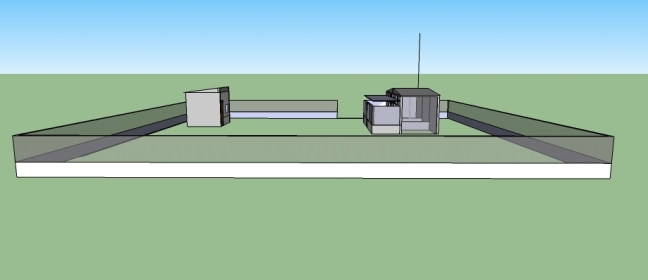
 Siméon Belem is Issaka’s friend. He invited Issaka to spend his summer vacation with him. While Issaka was in Bissiri, Siméon took Issaka to see the farm where Siméon received his formal education in chicken farming and meet his boss. Issaka ended up working for that company for the next two summers together with Siméon. During that time the idea of starting his own chicken farm was born. Now Siméon will be one of Issaka’s associates in this project.
Siméon Belem is Issaka’s friend. He invited Issaka to spend his summer vacation with him. While Issaka was in Bissiri, Siméon took Issaka to see the farm where Siméon received his formal education in chicken farming and meet his boss. Issaka ended up working for that company for the next two summers together with Siméon. During that time the idea of starting his own chicken farm was born. Now Siméon will be one of Issaka’s associates in this project.
